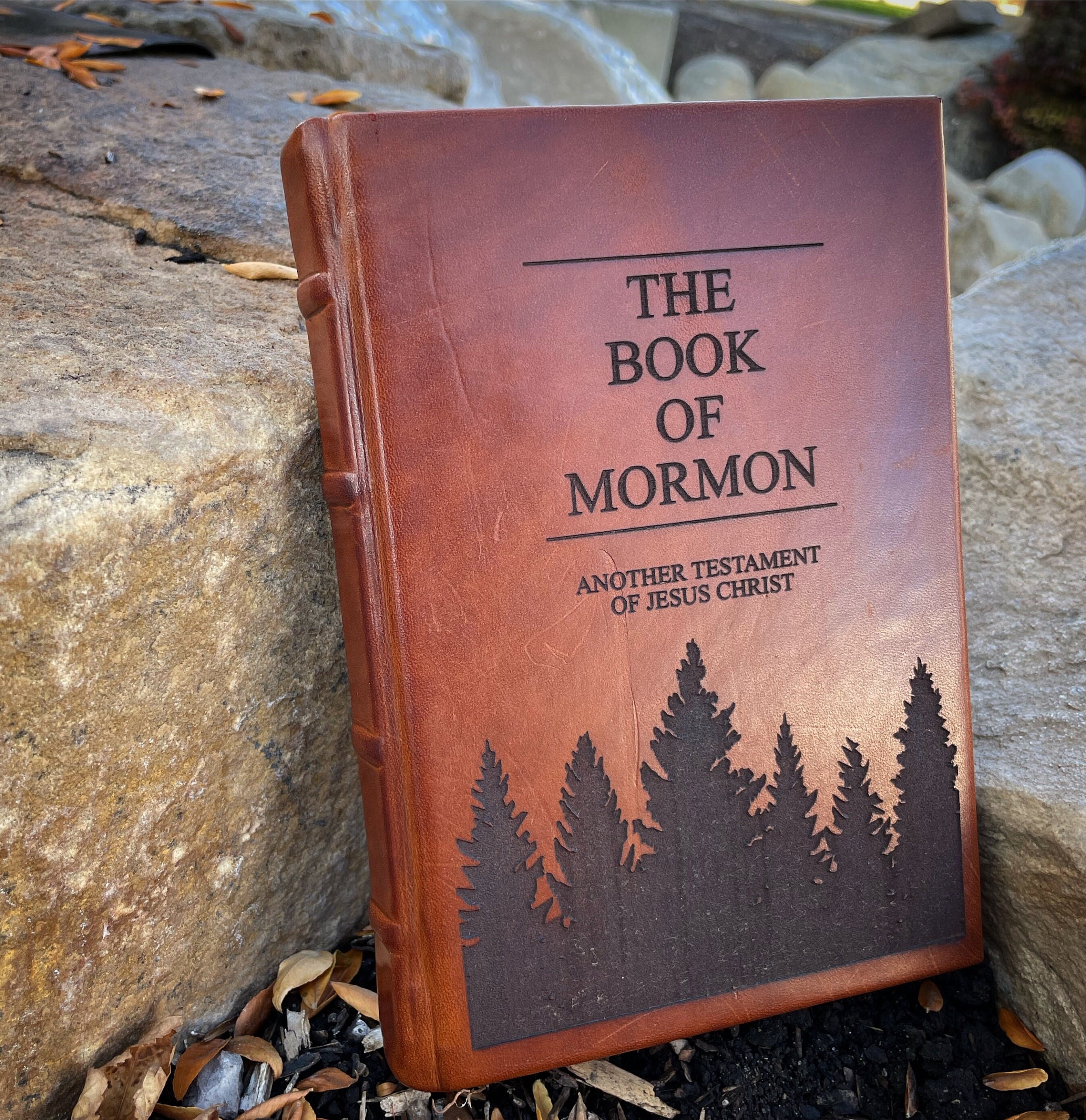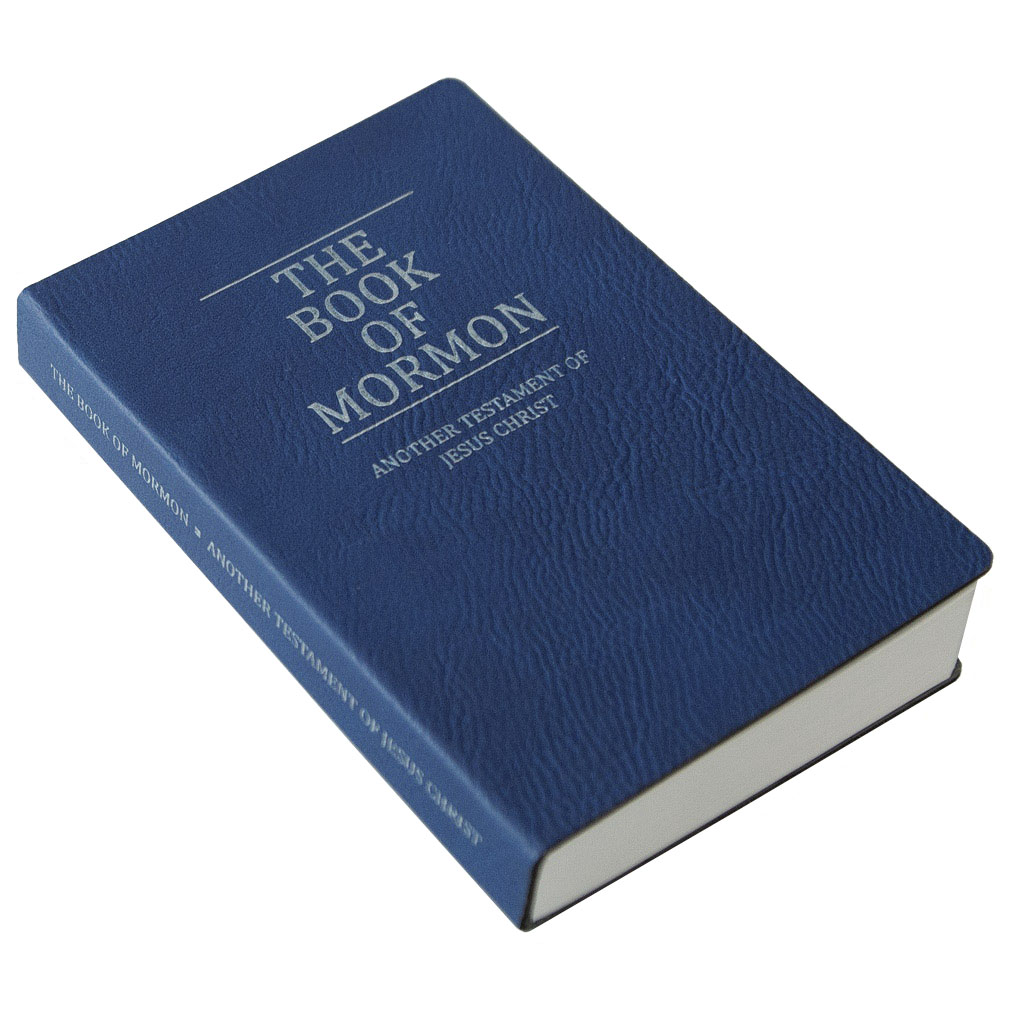The Book of Mormon: A Comprehensive Overview

The Book of Mormon, a central religious text for members of The Church of Jesus Christ of Latter-day Saints, offers a rich tapestry of history, faith, and cultural impact. This exploration delves into various aspects of the Book of Mormon, examining its literary genre, authorship, educational value, and enduring influence on society. We will approach this analysis through the lenses of several key topics frequently associated with literary and religious studies, including books themselves, their authors, the process of reading and learning, the role of libraries, and the broader cultural impact of the text.
1. The Book of Mormon as Literature: Genre and Reception
The Book of Mormon is classified as a work of religious scripture, but its literary style and narrative structure lend themselves to multiple interpretations. It’s not a straightforward historical account, but rather a complex narrative woven from multiple voices, presenting itself as a collection of abridged historical records, sermons, and prophecies. The genre is best described as a historical romance, incorporating elements of epic poetry, prophecy, and didactic literature. Its style, characterized by a distinct and sometimes archaic language, reflects the purported timeframe of its creation—ancient America.

The book’s reception has been diverse and often contentious. Within the Latter-day Saint community, it holds a position of paramount importance, considered a keystone of their faith and a testament to the divinity of Jesus Christ. Its narrative of Christ’s visit to the Americas is a central tenet of their theology. Outside this community, however, the Book of Mormon has faced significant scrutiny. Scholars debate its historical accuracy and literary origins. Critics have questioned its claims regarding the ancient peoples of the Americas and the consistency of its narrative, particularly concerning its purported ancient origins and translation. Nevertheless, the Book of Mormon’s impact extends far beyond scholarly debates, shaping cultural narratives, inspiring artistic works, and engaging in public discourse.

1.1 Bestsellers and Cultural Influence
Despite, or perhaps because of, its controversial nature, the Book of Mormon remains a bestseller within its target audience and has achieved significant cultural influence. Its widespread distribution, translation into numerous languages, and adaptation into various media—including a critically acclaimed Broadway musical—all attest to its enduring appeal and relevance. The ongoing discussions and debates surrounding its historicity and literary merit further contribute to its prominence in public discourse and literary studies.

1.2 Book Reviews and Literary Analysis
Reviews of the Book of Mormon range from deeply personal testimonies of faith to rigorous scholarly analyses of its literary and historical claims. Many Latter-day Saint readers emphasize its spiritual power and personal meaning, citing its capacity to inspire faith and provide moral guidance. Academic reviews, however, often adopt a more critical approach, focusing on textual inconsistencies, anachronisms, and potential literary influences. These differing perspectives highlight the Book of Mormon’s multifaceted nature—a religious text with profound personal significance for many, yet also an object of scholarly and public debate that continues to stimulate discussion and analysis.
2. Authorship and Origins: Unveiling the Voices
The Book of Mormon attributes its authorship to a series of ancient prophets, most notably Mormon and his son Moroni. According to the text itself, Mormon abridged earlier records written by various individuals over centuries, culminating in Moroni’s final additions. This layered authorship contributes to the book’s diverse voices, perspectives, and narrative styles.
2.1 Biographies of the Purported Authors
While the purported authors are not known in the historical record outside the Book of Mormon itself, their accounts provide glimpses into their lives and beliefs. Mormon describes himself as a prophet and compiler of records. Moroni, his son, portrays himself as the final custodian of these records and their ultimate recorder. Their narratives are inextricably linked to their faith in Jesus Christ and their attempts to preserve and transmit their religious heritage.
2.2 Writing Style and Inspirations
The writing styles of the purported authors vary, reflecting the distinctive voices and personalities. The different sections often exhibit distinct tones and literary features. Some passages are intensely narrative, describing battles and societal upheavals. Others consist of deeply philosophical and theological discourses. This diversity of styles suggests multiple authors and influences. The book’s internal consistency and its unique combination of religious and secular themes is a matter of continued debate among scholars.
3. Reading and Learning from the Book of Mormon: Educational Value and Life Lessons
The Book of Mormon is not simply read; it is studied and pondered. Its use as scripture and the emphasis on personal religious experiences create a distinctive reading process. Readers are encouraged to engage with the text actively, seeking spiritual insights through prayer and contemplation. The study of the book is integral to the faith and personal development of Latter-day Saints.
3.1 Summaries and Educational Value
Numerous summaries of the Book of Mormon exist, ranging from concise overviews to detailed chapter-by-chapter analyses. These summaries are frequently utilized for educational purposes, providing introductory materials for new readers, assisting in comprehension, and facilitating deeper study. The book’s educational value is significant, touching upon historical events, political systems, societal dynamics, and various religious and philosophical concepts. The detailed family histories, including examples of both righteousness and wickedness, offer rich case studies in moral and spiritual development.
3.2 Life Lessons and Spiritual Insights
The Book of Mormon provides numerous life lessons and spiritual insights. The recurring themes of faith, repentance, forgiveness, and the importance of following Jesus Christ are central to its message. The experiences of its characters – their triumphs and failures – serve as illustrative examples, offering both warnings and encouragement. The book’s emphasis on the importance of agency, the consequences of choices, and the ongoing relationship with God are enduring themes that continue to resonate with many readers. The emphasis on both the profound blessings of righteousness and the devastating consequences of sin underscores the significance of individual choice and accountability in the context of faith.
4. Libraries and Archives: Preserving the Book of Mormon’s Legacy
The Book of Mormon’s journey from purported ancient origins to its modern status as religious scripture is intertwined with the world of libraries and archives. From the purported hiding and recovery of the golden plates to the preservation of early manuscripts and editions, the book’s history mirrors the evolution of our methods for preserving written documents and cultural heritage.
4.1 Public Libraries and Digital Access
Public libraries play a crucial role in making the Book of Mormon accessible to a wide readership. Its presence on library shelves, both in print and digital formats, facilitates widespread access and study, making it available to those who may not otherwise obtain a copy. The digital availability, especially online versions of the text, allows for convenient search and easy access for anyone with an internet connection.
4.2 Rare Collections and Archives
The preservation of early manuscripts and editions of the Book of Mormon is crucial for historical and scholarly research. The rare book collections of various libraries and archives safeguard these primary sources, providing valuable resources for understanding the book’s evolution and its historical context. The careful preservation of these early editions is essential for conducting textual analysis, and the process provides valuable insight into the historical reception and interpretation of the book.
5. Cultural Impact: Adaptations, Awards, and Communities
The Book of Mormon’s influence extends far beyond its religious context. Its narratives, themes, and characters have inspired a vast array of artistic expressions, literary adaptations, and ongoing public conversations.
5.1 Literary Influence and Adaptations
The Book of Mormon’s narrative and themes have inspired numerous artistic adaptations. The most notable of these is the hugely successful Broadway musical The Book of Mormon, which humorously reimagines aspects of the narrative. This adaptation, while facing criticism for some of its satirical elements, demonstrates the enduring power and adaptability of the Book of Mormon’s story. The musical has inspired numerous articles, books, and other secondary sources.
5.2 Awards and Critical Acclaim
The Book of Mormon musical, in particular, garnered widespread critical acclaim and numerous awards, including several Tony Awards. This illustrates the power of its narrative and its resonance with audiences, even outside its core religious community. These awards highlight the show’s artistic merit and its innovative approach to theatrical storytelling.
5.3 Communities and Religious Practice
The Book of Mormon remains a central text in the religious practices of millions of Latter-day Saints worldwide. Its study, interpretation, and application in daily life are integral aspects of the faith. The text fuels communal discussions, personal reflection, and shared faith experiences, creating a vibrant and engaged religious community bound together by its teachings. This ongoing relevance and integration into the daily lives of so many reflects the significant cultural impact and enduring legacy of the Book of Mormon.
This comprehensive overview of the Book of Mormon touches upon several facets of its profound influence. From its literary genre and controversial reception to its ongoing impact on communities and cultural narratives, the Book of Mormon remains a complex and captivating subject, prompting ongoing discussions and interpretation. Its status as a religious text, while simultaneously engaging in broader literary and societal discussions, serves to underline its multifaceted and lasting legacy.